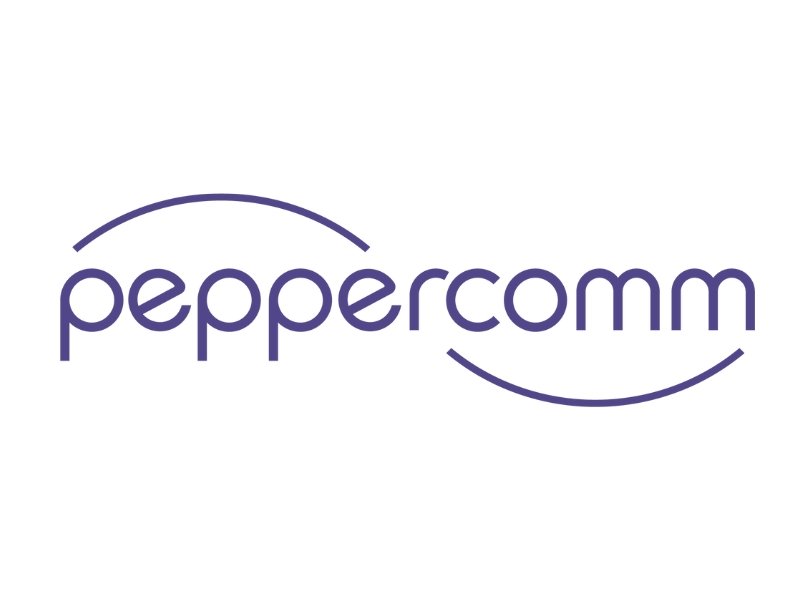Jim Olson 01 May 2020 // 6:02PM GMT

On the evening of December 27, 1972, as the crew of Eastern Airlines Flight 401 fussed with a burnt-out landing gear indicator light during final approach to Miami International Airport, the Lockheed L-1011 jumbo jet they were supposed to be flying gradually descended towards the Florida everglades. By the time the distracted pilots realized the autopilot had been inadvertently disengaged, it was too late. The plane slammed into the shallow swampland seconds later, killing 101 people onboard.
The preoccupied crew failed to follow the most fundamental crisis management protocol; they neglected to fly the plane.
One of the first — and most important — set of priorities that pilots are taught to follow when something goes wrong with their plane is: Aviate, Navigate and Communicate. Fly the aircraft first. Safely flying the plane is followed by Navigating — figuring out where you are and where you need to go. And then Communicating. Pilots know if they don't keep the plane in the air and it crashes, it won’t matter how well they were navigating and communicating.
As leaders scramble to manage the consequences of the global Covid-19 pandemic, I cannot help thinking about how one of this century’s most skilled aviators and consequential leaders would respond to the unimaginable crisis at hand. The voice in my head keeps asking, “What would Sully do?”
Captain Chesley “Sully” Sullenberger, in case the name doesn’t ring a bell, was the captain of US Airways Flight 1549. You might remember it as the airplane which safely ditched in the Hudson River on January 15, 2009. I happened to be the vice president of corporate communications at US Airways at the time, where I played a lead role in the airline’s crisis management response.
In the wake of Covid-19, I would like to take a look at that aviation crisis again. Just two minutes into Flight 1549’s climb into the blue skies above Manhattan, a flock of Canada Geese collided with the Airbus A320 — crippling the jet’s two engines. It was such an unlikely scenario that pilot training for low-altitude dual engine failure wasn't even mandated by the Federal Aviation Administration (FAA) at the time.
Without pause, Captain Sullenberger embraced the Aviate-Navigate-Communicate crisis management protocol he was trained to follow. First, he avoided an imminent stall by easing the thrustless plane’s nose down to regain momentum. He aviated. Sully flew the plane first.
Once adequate momentum was achieved, Sully quickly took stock of the plane’s position and where he could safely land. After considering a number of airfields, Sully determined that the only survivable option was landing on the Hudson River. He navigated. And finally, as the jetliner descended, the captain calmly informed the three flight attendants and 150 passengers to “Brace for impact.” Sully communicated.
We all know how this story ends. By diligently following the Aviate-Navigate-Communicate crisis protocol, Sully saved the lives of every soul onboard Flight 1549 that day. And after everyone evacuated to the plane’s wings and life rafts, Sully did what every honorable captain is summoned to do — he walked the water-filled aisle of the sinking plane to check for remaining passengers. Sully was the last one off. He put the life of every other person on the aircraft ahead of his own — as any leader of consequence would.
Consequential leaders like Sully leave no one behind, even at the risk of their own life or at the expense of their own personal wellbeing or comfort. As leaders, we can learn a lot from Sully — and the entire US Airways Flight 1549 crew — in how we respond to Covid-19 and any other crisis in these turbulent times.
First, we need to aviate. Whether we run a small business or run a large country, ensuring the safety and wellbeing of the people under our wing must be our top priority. For instance, when Microsoft made the preemptive decision to direct their employees to work from home well in advance of government mandates — they were flying the plane. Similarly, Starbucks understood what it means to fly the aircraft first when the coffee titan committed to paying their out-of-work and sick frontline workers weeks before government safety nets were declared. Microsoft CEO Satya Nadella and Starbucks CEO Kevin Johnson are aviating.
Consequential leadership starts with keeping the people that embody our organizations, companies, communities and countries alive and healthy. So, it begs the question how so many government leaders in the U.S. and around the world neglected to adequately prepare for the public health storm that was brewing on the horizon. What distracted these leaders from procuring the appropriate volumes of medical equipment and mandating the necessary testing, social distancing directives and travel restrictions early on? Why weren’t these leaders flying the plane?
Next, we need to navigate. We must continuously assess where our organizations stand today, and where we need to go tomorrow. In fact, many businesses are already taking the initiative to help vector our world towards a safe landing by looking beyond their organizations’ self-interest and identifying imaginative ways to serve the public interest. For example, Google recently announced an $800 million commitment — in the form of advertising credits and cash — to aid small and medium-sized businesses, NGOs and global healthcare workers. Or consider the initiative taken by start-up handbag designer 1 Atelier, which volunteered its New York City sewing factory to produce masks in volume for hospitals, clinics, first responders and other healthcare providers. Google CEO Sundar Pichai and 1 Atelier Founder Stephanie Sarka are navigating.
Finally, we have to communicate — and communicate frequently, honestly, decisively and with empathy. New York Governor Andrew Cuomo, Marriott CEO Arne Sorenson and U.S. National Institute of Allergy and Infectious Diseases Director Dr. Anthony Fauci are communicating.
Just as in aviation, if we get distracted by the collateral damage of a crisis — the stock market, GDP, sales performance, negative press coverage or critical Tweets — we can quickly become blind to the real priority. Which is keeping our organizations — and countries — airborne.
We live in a new era of consequential leadership. The decisions we make are no longer limited to the impact we have on Wall Street, K Street or Main Street. Our judgement has life and death consequences — not unlike those of the world’s aviators. So, don’t let an obsession with a broken landing gear light distract you from leading — fly your aircraft first.
It seems like a simple rule to follow. But like the preoccupied crew of Flight 401, it’s easy for us to forget or discard this crisis management mindset amidst the diversions, noise and emotional anxiety in the fog of the moment.
Jim Olson has served as the SVP of corporate communications at United Airlines, and the VP of corporate communications at Starbucks and US Airways — where he played a lead role in the crisis response to the emergency water landing of Flight 1549 also known as “The Miracle on the Hudson.” He currently resides on the Indian Ocean island of Mauritius where he is an executive in residence and chief communications officer at the African Leadership University.


































.jpg)













